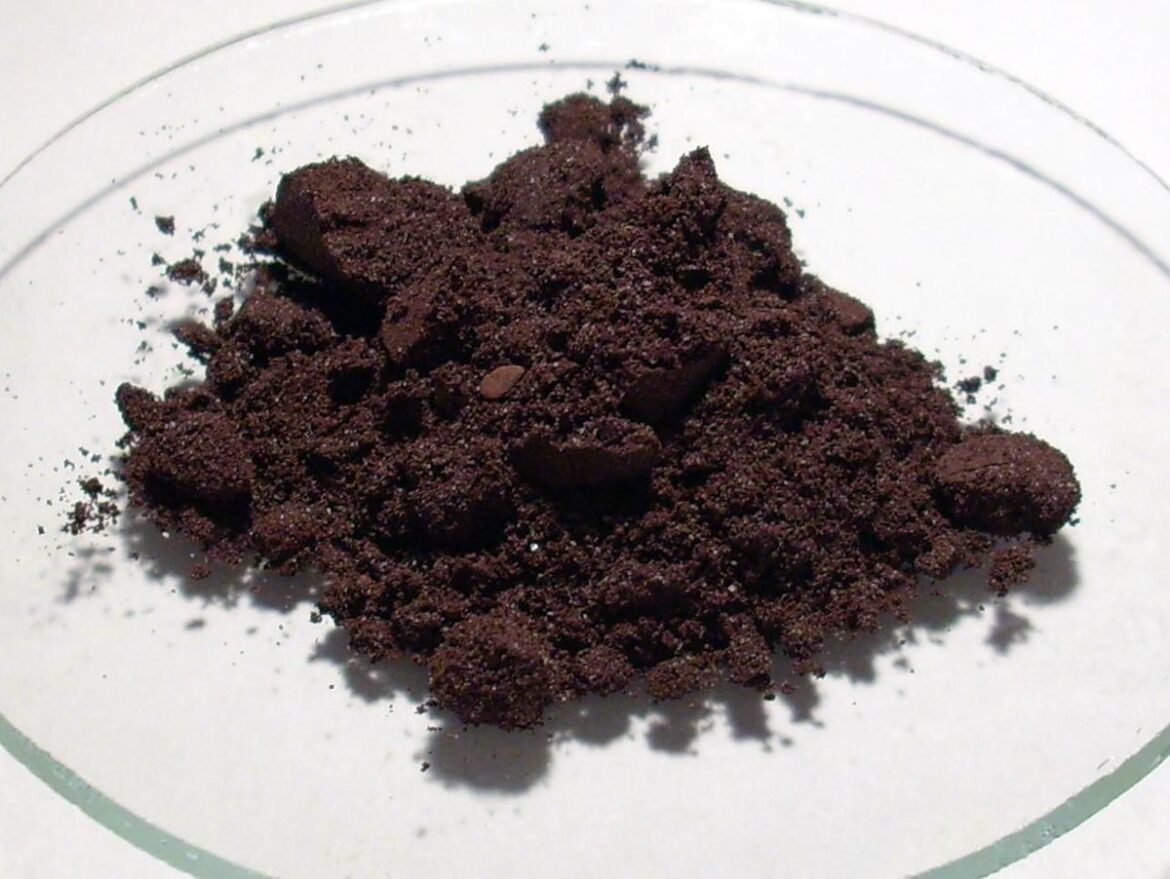CLIMATE CHANGE AND ENVIRONMENTAL IMPACTS OF SEWAGE WORKS DISCHARGE — Modeling in Central-Western Europe suggests that climate change will result in significant ecological risk from discharges from sewage works into smaller waterways for phosphorus, and especially for ammonia. The study entitled “What Determines the Future Ecological Risks of Wastewater Discharges in River Networks: Load, Location or Climate Change?” was based on data from the Rhine, Elbe and Weser catchments, which have significantly differing climate and hydrological responses. Results suggest that wwtp discharge will cause ecological risk to prevail in the future in smaller watercourses, for all sizes of wwtp (and in particular for wwtps 5 000 – 100 000 p.e.).. The risks from ammonia discharge were highest because of emissions from smaller wwtp. The authors conclude that sewage treatment legislation needs to strongly take into account the capacity of the receiving watercourse and that regulation should be developed for ammonia in discharges from small wwtps.
RECYCLING OYSTER SHELLS TO PHOSPHATE-BASED DENTAL FILLINGS — Lab tests conducted as a part of the study entitled “Development of a Novel Dental Filling Using Hydroxyapatite Derived from Waste Oyster Shells” suggested that the recycled HAP was comparable to commercial HAP and could be incorporated into zinc phosphate dental cement, maintaining or improving mechanical properties and elution (risk of dissolution of the filling in the mouth). Sintered oyster shells were reacted with phosphoric acid to produce hydroxyapatite (HAP = calcium phosphate) then combined with zinc phosphate to produce a dental cement material. Calcium phosphate is the main constituent of bones and teeth and hydroxyapatite can bond onto this. Here, HAP was produced by cleaning, grinding and then sintering (900°C) waste oyster shells (Crassostrea madrasensis) to produce CaO, which was then reacted with phosphoric acid with pH maintained at 8 – 10 to control the Ca:P stoichiometric ratio. The precipitated HAP was then again sintered at 800°C resulting in a material similar to Ca5(PO4)3(OH)2.. Zinc phosphate was prepared by reacting zinc metal with phosphoric acid. The zinc phosphate and HAP were then ceramified at 1000°C with traces of magnesium, silicate and Aluminium, with mixtures of 0 – 50% HAP / 100 – 50% zinc phosphate.
WASTE BIOMASS AS CARBON SOURCE FOR POSSIBLE P RECOVERY FROM STEEL SLAG — Risk husk waste, after pyrolysis, showed to remove c. 80% of phosphorus from synthetic steel slag with c. 4%P at 1500°C, but the resulting phosphorus was bound to iron so would not be directly useable as a fertilizer. The waste rice husk from the agri-food industry was first carbonized (pyrolyzed) by heating to 450 – 600 °C in anoxic condition, to increase its carbon content and reactivity. It was then mixed with 20g of synthetic steel slag and heated to 1500°C for 30 minutes with a 3:1 carbon:P ratio (c. 10:1 carbonized rice husk:P).The iron depleted slag could be used as a raw material for steel production, with high calcium and silicon, so without pre(slagging. The phosphorus was removed from the slag as particles of iron-phosphorus compounds, mainly Fe3P, with P content of 2 – 12 %. The authors of the study “Effective Removal of Phosphorus From High Phosphorus Steel Slag Using Carbonized Rice Husk” suggest that this could be processed to fertilizer.




